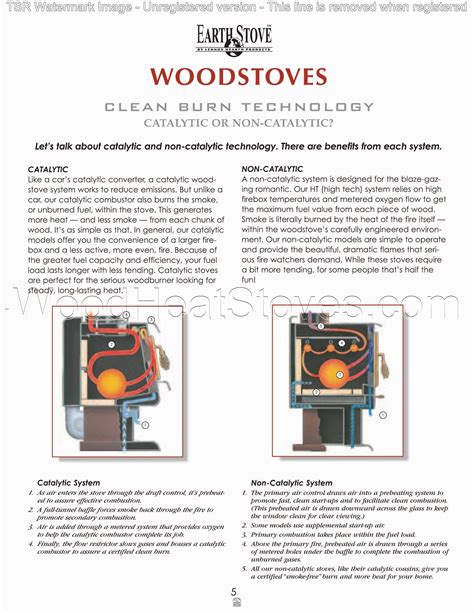The Earth Stove Handbook: Everything You Need to Know
Earth stoves, also known as cob ovens, are a fascinating blend of ancient technology and modern sustainability. These unique heating appliances offer a charming, efficient, and eco-friendly way to heat your home and even cook your food. This handbook delves into everything you need to know about earth stoves, from their construction and operation to their advantages and disadvantages.
What is an Earth Stove?
An earth stove is a masonry heater built partially or entirely underground. This design leverages the earth's thermal mass to store and release heat slowly and evenly, providing long-lasting warmth with minimal fuel consumption. Unlike conventional wood stoves which radiate heat quickly, earth stoves release their heat gradually over many hours, even after the fire has died down. They are typically constructed from readily available materials like clay, sand, gravel, and stone, making them a relatively inexpensive and sustainable heating solution.
How Does an Earth Stove Work?
The efficiency of an earth stove stems from its clever design. The fire burns within a combustion chamber, often located partially underground. The heat generated is absorbed by the surrounding earth and masonry, storing a significant amount of thermal energy. This stored heat is then gradually released into the living space through carefully designed vents and flues. The design often incorporates a baffle system or other mechanisms to control airflow and optimize heat transfer. The slow release of heat ensures consistent warmth throughout the dwelling, even during extended periods without active burning.
Advantages of Using an Earth Stove
- Long-lasting Heat: The earth's thermal mass acts as a giant heat battery, releasing warmth for hours after the fire is extinguished.
- Energy Efficiency: Earth stoves are remarkably efficient, requiring less fuel compared to conventional heating systems.
- Eco-Friendly: Using locally sourced materials minimizes their environmental impact, and they often burn wood more efficiently, reducing emissions.
- Cost-Effective: While the initial construction may require some effort, the long-term cost savings on fuel can be substantial.
- Unique Aesthetic Appeal: Earth stoves add a rustic charm and character to any home.
Disadvantages of Using an Earth Stove
- Construction Complexity: Building an earth stove is a labor-intensive process that requires specialized knowledge and skills.
- Time Commitment: It takes significant time to construct an earth stove properly.
- Maintenance: Regular maintenance, including cleaning the combustion chamber and checking the flue, is necessary.
- Safety Concerns: Proper construction and ventilation are crucial to prevent carbon monoxide poisoning. Professional consultation is strongly advised.
- Limited Applicability: Earth stoves are not suitable for all climates or building types.
What materials are needed to build an earth stove?
The materials needed vary depending on the specific design, but typically include clay, sand, gravel, stones (river rocks are ideal), and possibly bricks or other masonry materials for the combustion chamber. The choice of materials often depends on local availability and cost-effectiveness.
How much does it cost to build an earth stove?
The cost depends heavily on the materials used, the complexity of the design, and labor costs. While the initial investment can be significant due to the materials and labor involved, the long-term savings on fuel usually outweigh the initial expense.
How long does it take to build an earth stove?
Construction time varies depending on the size and complexity of the stove, as well as the builder's experience. It can range from several weeks to several months, requiring significant time commitment and patience.
Are earth stoves safe?
Earth stoves can be very safe if built and installed correctly. However, improper construction or ventilation can lead to carbon monoxide poisoning, making professional guidance essential. Regular cleaning and inspection of the flue are crucial for safety. Consult with professionals to ensure proper ventilation and prevent hazards.
How efficient are earth stoves compared to other heating systems?
Earth stoves boast a remarkable level of efficiency due to their unique design and the earth's thermal mass. They require significantly less fuel than conventional wood stoves or other heating systems to maintain a comfortable temperature, contributing to substantial cost savings and reduced environmental impact.
Conclusion
Earth stoves represent a compelling alternative to conventional heating systems, offering a blend of efficiency, sustainability, and aesthetic appeal. While the construction process requires time, skill, and potentially professional assistance, the long-term benefits of a well-built earth stove are substantial. By understanding the advantages, disadvantages, and construction process, you can determine if an earth stove is the right heating solution for your needs. Remember to always prioritize safety and seek professional advice during the design and construction phases.

